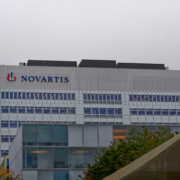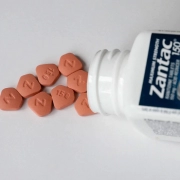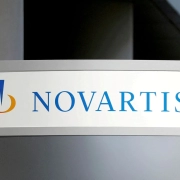Sickle cell cure will be cost-effective if health disparities considered, study finds
Sickle cell cure will be cost-effective if health disparities considered, study finds
By Nancy Lapid
Dec 13 (Reuters) – Multimillion-dollar gene therapies being tested for sickle cell disease will be cost-effective in the United States if health disparities tied in part to decreased access to healthcare are taken into account, researchers said at a meeting of blood-disease specialists.
In the United States, about one of every 365 Black babies is born with sickle cell disease – a genetic disorder in which misshapen blood cells cause strokes, organ damage, severe pain and early death – according to the U.S. Centers for Disease Control and Prevention (CDC).
Roughly 100,000 Americans have the disorder, the CDC estimates, with millions more affected worldwide.
After decades in which the disorder was largely ignored by major drugmakers amid calls from patient advocates to do more, more than half a dozen companies are developing cutting edge gene therapies for sickle cell disease.
These include Novartis AG (NOVN.S), CRISPR Therapeutics AG (CRSP.BN) with Vertex Pharmaceuticals (VRTX.O), and Sanofi (SASY.PA) in partnership with Sangamo Therapeutics .
Furthest along is Bluebird bio (BLUE.O), which is expected to apply for U.S. approval of its LentiGlobin gene therapy early in 2023.
Gene therapy treatments, which are intended to be one-time cures, are likely to cost more than $2.7 million per patient, Dr. George Goshua of the Yale School of Medicine told doctors on Sunday at a meeting of the American Society of Hematology (ASH).
His team estimates that standard care would cost slightly more than $1 million. Therefore, if only effectiveness and price are considered, gene therapy is unlikely to be considered cost-effective, he said.
But people with sickle cell disease belong to historically marginalized populations that face systemic inequality in accessing good medical care, Goshua noted. They may also face poverty, stigma, and racism.
To account for these and other factors, his team took a standard healthcare economics approach used to adjust for income inequality and adapted it to health disparities.
By considering health benefits received by people who face health disparities to be more valuable than the same benefits received by wealthy, highly privileged groups, they found cost-effectiveness and clinical benefits for patients with sickle cell disease are better achieved with gene therapy.
“If we want to say that we should be caring about equity … these are patients we should particularly care about,” Goshua said.
This year’s ASH meeting saw a large increase in studies focused on health equity and health outcomes in vulnerable populations, organizers said.
In a study presented on Saturday, Dr. Mary Cushman of the University of Vermont in Burlington and colleagues found that non-white patients were less likely than white patients to receive the most technologically advanced treatments for serious blood clots in the lungs.
In a separate study presented on Monday, Dr. Matthew Maurer of the Mayo Clinic in Rochester, Minnesota and colleagues reviewed landmark trials of new treatments for a type of lymphoma and found the usual laboratory-test criteria for accepting study volunteers would disproportionably have excluded minority patients.
“We need to be more inclusive in the clinical trials that we do,” Maurer said in a statement.
Our Standards: The Thomson Reuters Trust Principles.
Source: Reuters










 Reuters
Reuters